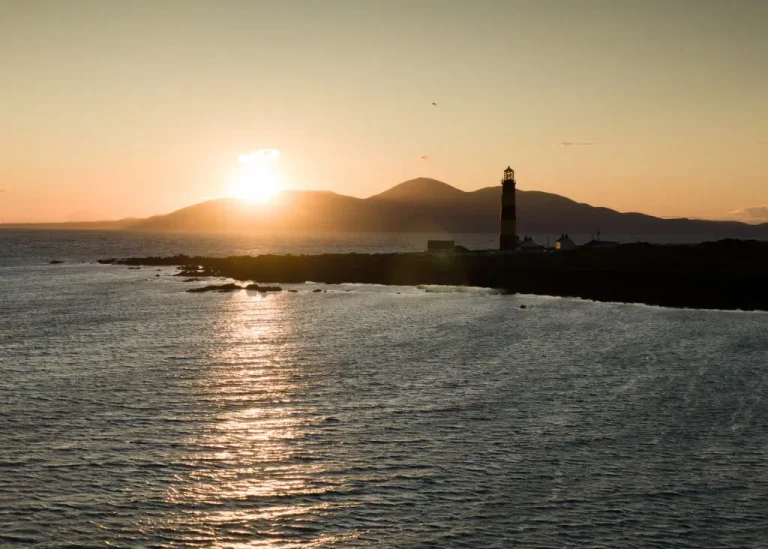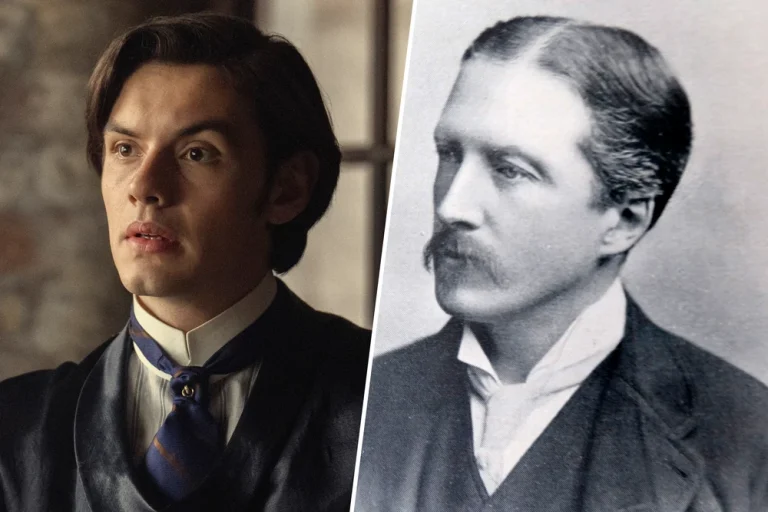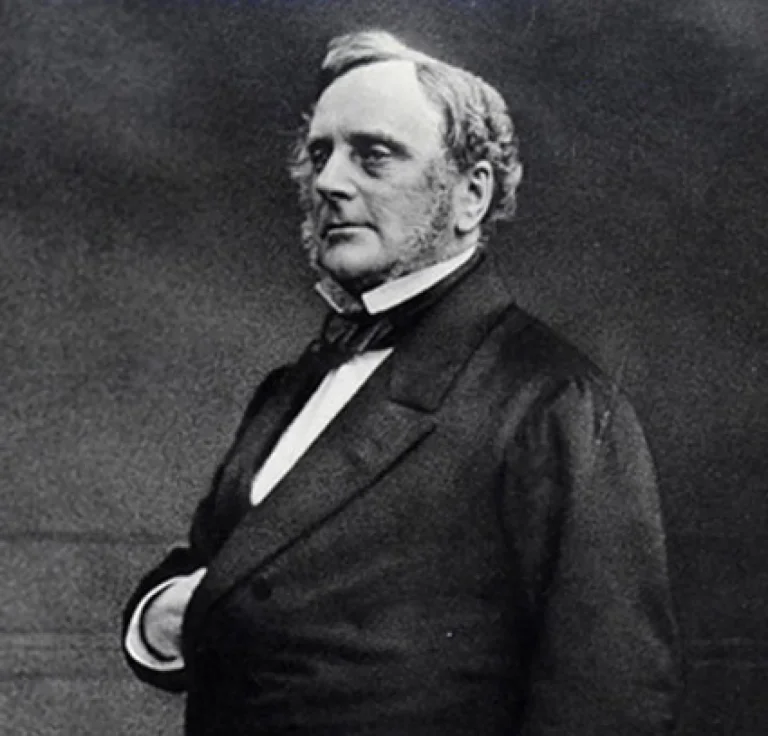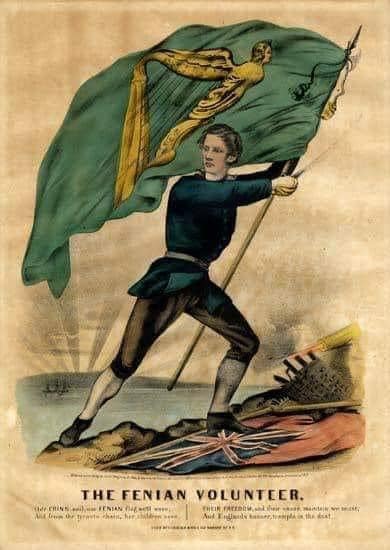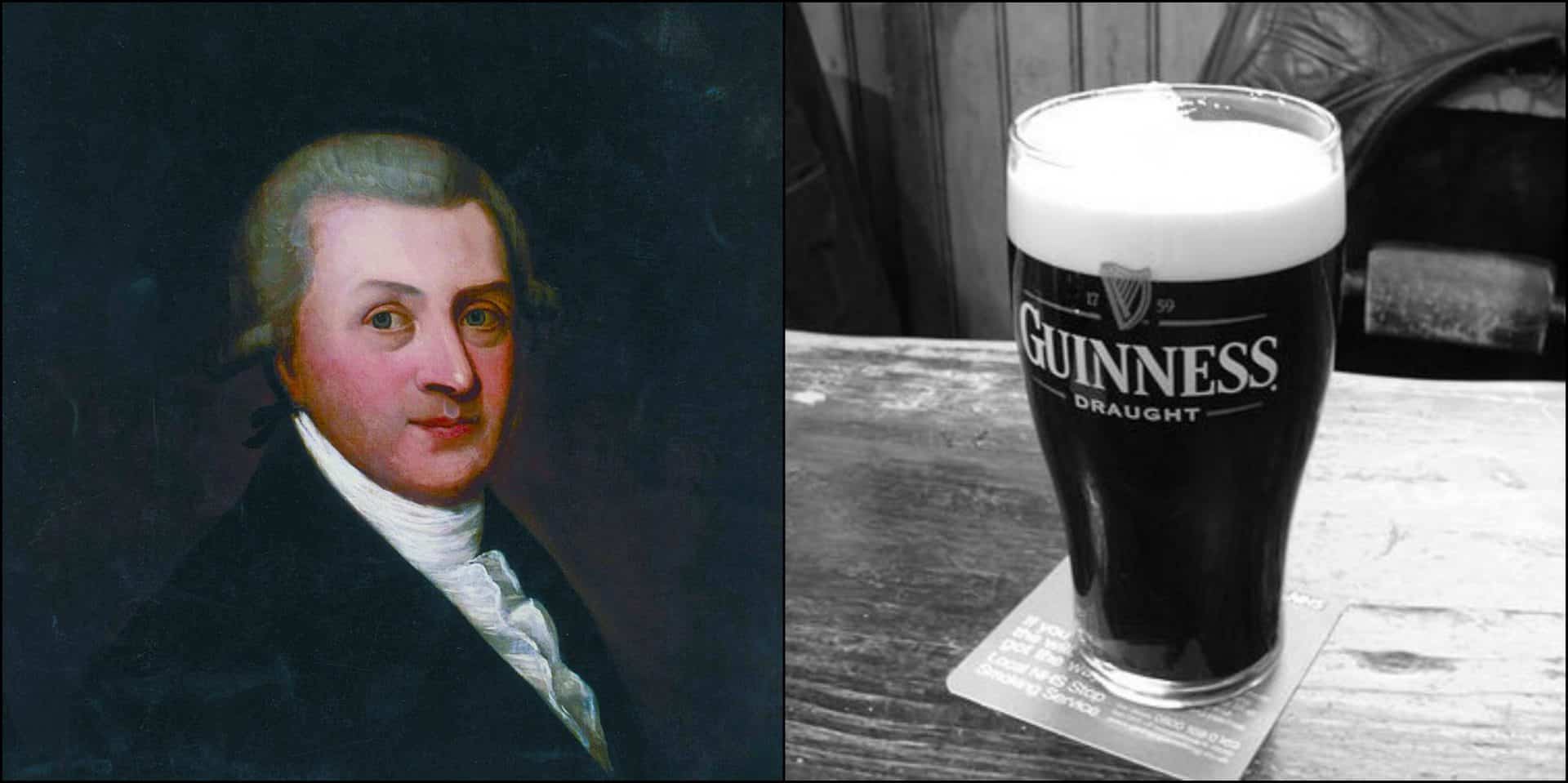

It starts with water.
Dublin water, hard and iron-rich, thick with the minerals of the land. A man, Arthur Guinness, saw potential in that water, in the people who drank it, in the streets and stories of Ireland. He wasn’t the first to brew beer, not by a long shot, but he was the first to craft something that would outlive him, outlive the wars and the famines, outlive the country it was born into, and become a global symbol of Ireland itself.
What is the Story Behind Guinness Beer?
In 1759, Arthur Guinness signed a lease at St. James’s Gate Brewery for an absurd length of time—9,000 years. He must have known something the rest of Dublin didn’t. The beer he crafted wasn’t just another ale. It was deep, dark, and smooth. A stout porter, richer than its predecessors, heavier with roasted barley, denser in both body and myth. He wasn’t just brewing beer; he was crafting history, one barrel at a time.
Dubliners took to it immediately. The bitterness, the weight of it, the way it sat in your stomach like something that belonged there. A pint of plain, they called it, but there was nothing plain about it. As decades passed, Guinness outgrew Ireland. It crossed borders, seeped into England, bled into Africa, surged into America. By the 20th century, it wasn’t just a beer; it was an institution.
Is Guinness Still Owned by the Guinness Family?
The answer is short and sharp: no. But the story is longer, tangled in money and mergers, empire and erosion. The Guinness family ruled over the brewery for generations. The stout they built was their legacy, their inheritance, their lifeblood. But money changes things.
By the late 20th century, the family’s grip loosened. In 1997, Guinness merged with Grand Metropolitan to form Diageo, one of the world’s largest alcohol conglomerates. Today, Diageo owns Guinness, steering its fate with corporate precision. Arthur’s bloodline may have lost control, but his name remains, stamped on every pint, etched into every foam-topped glass.
Was Guinness Invented by a Protestant?
Arthur Guinness was a Protestant, yes, but a Protestant who believed in Ireland, invested in its people, built houses, supported Catholics, and in his own way, stood against oppression. He brewed beer in a Catholic city under Protestant rule, in a time of division, of rebellion, of lines drawn and blood spilled.
But Guinness itself? Guinness has no religion, only devotion. It is worshipped in the backstreets of Dublin, in the corner pubs of New York, in the hidden shebeens of Nigeria. It is a faith of its own, poured thick, rising slow, settling deep.
Why is There a Harp on Guinness?
The harp is Ireland. The harp is music, rebellion, myth. The Guinness harp is flipped, reversed, altered, because when Ireland gained independence and chose the harp as its national emblem, Guinness had already claimed it. A battle of symbols, of ownership, of who gets to wield Ireland’s identity. The government took the right-facing harp, Guinness the left, and both remained, side by side, forever part of the same legacy.
Which Country Drinks the Most Guinness?
Ireland, surely? No. England? No again. The country that drinks the most Guinness is Nigeria.
Guinness took root in Africa like it was always meant to be there. In 1962, a brewery was built in Nigeria, and from that moment on, the Irish stout became an African mainstay. Deep, dark, rich, it fit the continent like a second skin. Today, Nigeria consumes more Guinness than any other nation outside the UK, proving that Guinness belongs not just to Ireland but to the world.
Why Does Guinness Have a Little Ball in It?
The widget. The tiny nitrogen-filled ball that lives inside the can, waiting, dormant, until the moment of release. Open the can, and the widget activates, releasing nitrogen into the stout, mimicking the draught pour, recreating the creamy head, the perfect pint experience without the pub. It was an innovation that changed the game, another stroke of genius from a brand that refuses to settle.
How Many Guinness Breweries Are There?
The original, the heart of it all, remains at St. James’s Gate in Dublin. But Guinness has expanded far beyond its birthplace. Breweries now stand in Nigeria, Ghana, Malaysia, and beyond. The stout has become global, its taste consistent, its legend unchanged. But still, the pilgrimage remains. If you truly want to understand Guinness, you go to Dublin. You stand in the Guinness Storehouse, climb to the Gravity Bar, and look out over the city where it all began.
Why is Guinness Black?
It isn’t black. Not really. Hold it up to the light and you’ll see it’s a deep ruby red, a trick of the barley, a reflection of the roasting process. Guinness only appears black because of its density, its richness. It is the illusion of darkness, the weight of history in a glass.
Who Owns Guinness?
Diageo. A multinational giant, a corporation with tendrils in every corner of the alcohol industry. Guinness is no longer a family affair, no longer an Irish-owned entity. But does it matter? The beer remains, unchanged in essence, unwavering in its cultural significance.
The Legacy of Guinness
Guinness is not just a beer. It is a story, a song, a Dublin dusk, a Nigerian night, a London rain. It is a brand that outlived the man who built it, a drink that crosses borders without fear. It is history in a glass, poured slow, settled deep, waiting to be tasted, waiting to be told.
And no matter who owns it, no matter where it’s brewed, Guinness will always be Irish.
For more insights into Irish traditions, food, and culture, check out these resources:
- Mary O’s Irish Scones: A Timeless Treat with Heart, Heritage, and a Dash of Irish Magic
- Corned Beef with Guinness: A Bold Irish Twist on a Beloved Classic
- How to Pour a Guinness Bottle Like the Irish Do It Right
- How to Cut Cabbage for Corned Beef: The Ultimate Guide for Flavor, Texture, and Tradition
- Lough Tay Guinness Lake.
